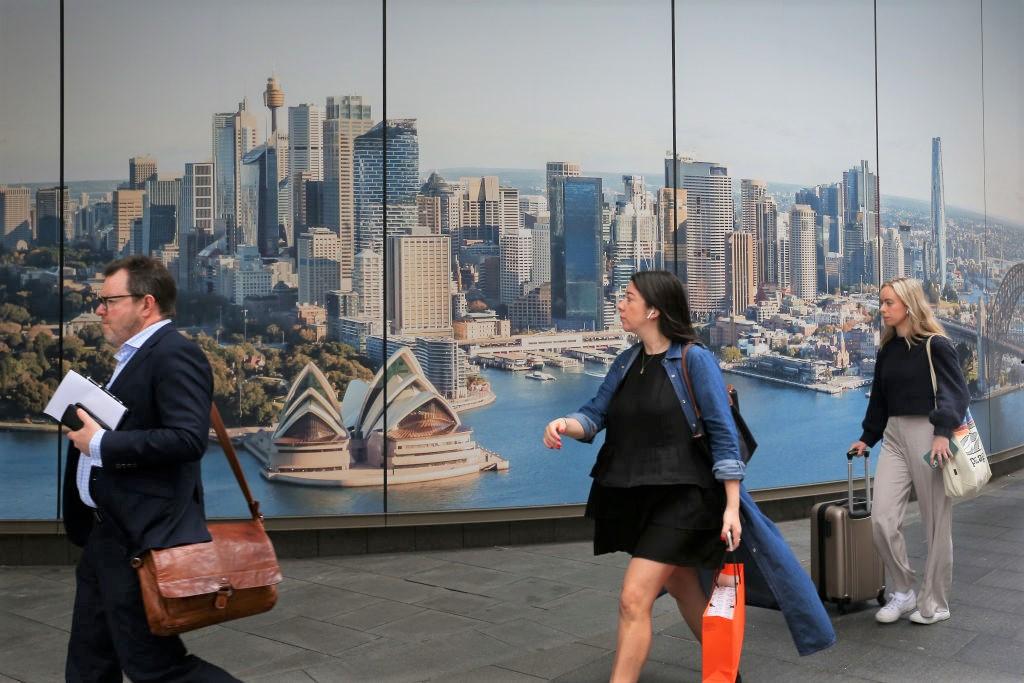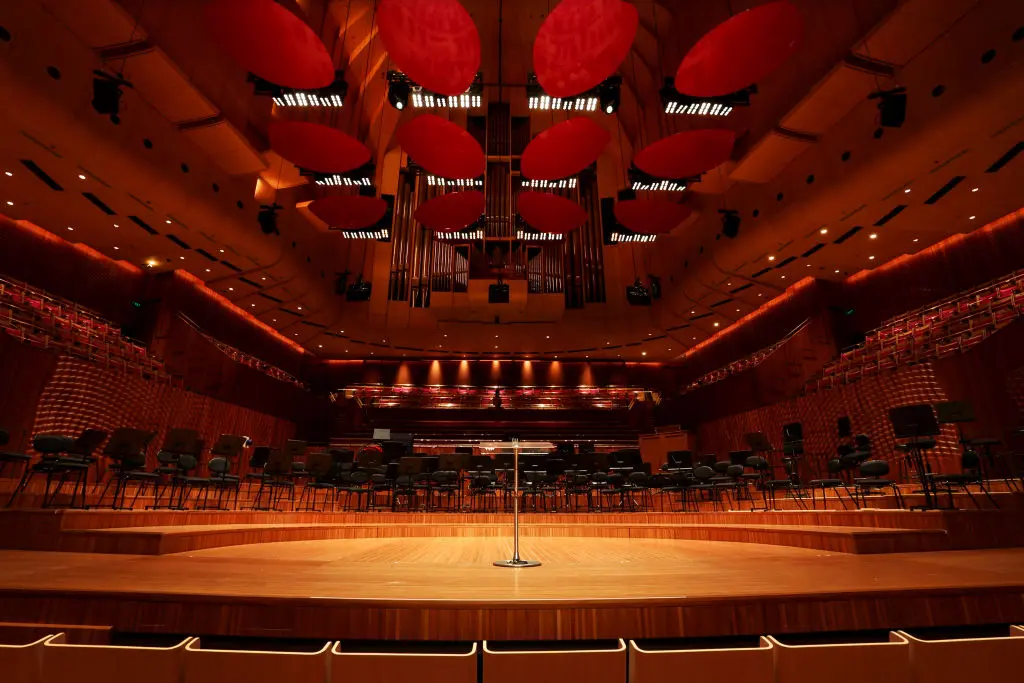The Albanese Labor government has awarded 100 scholarships as part of a $2 million program to advance the leadership careers of disabled individuals.
Offered in conjunction with the Australian Institute of Company Directors (AICD), the scholarship program focused on women, Indigenous, and multicultural applicants.





